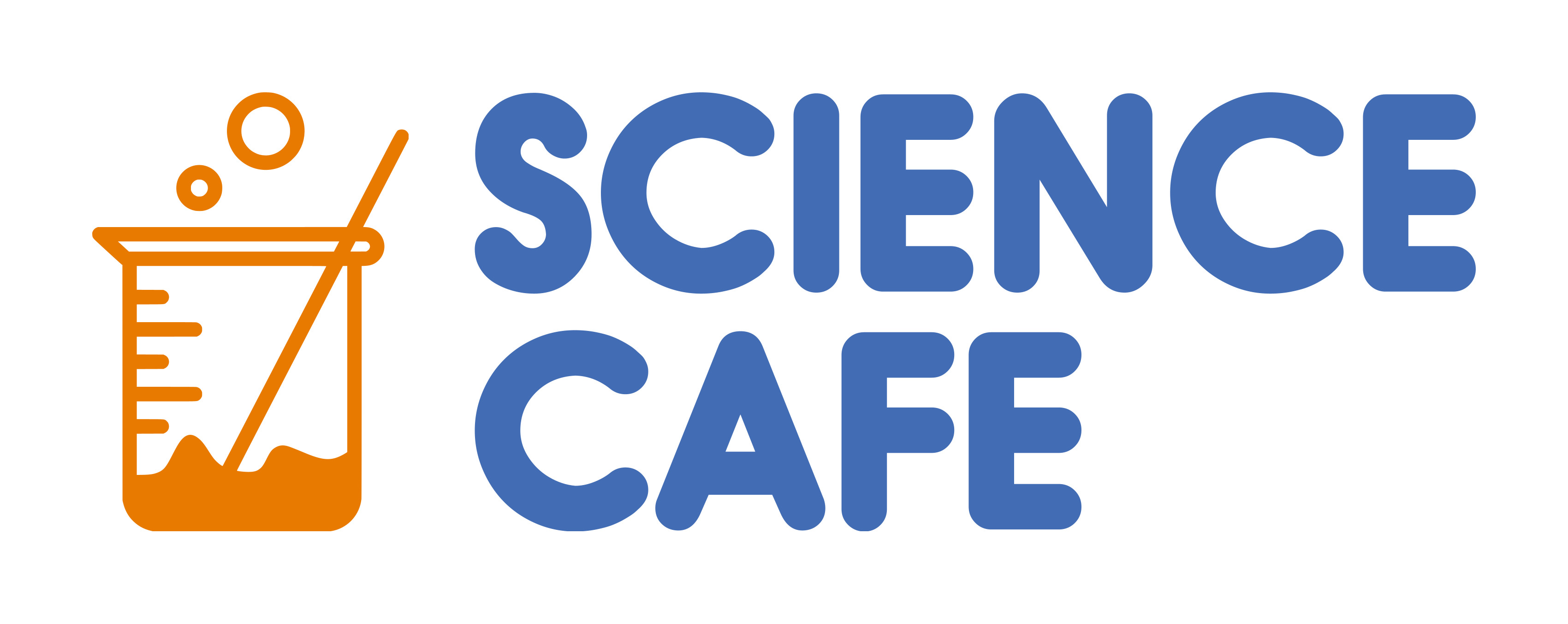Women in Science - Rosalind Franklin
Rosalind Franklin – The Hidden Architect of DNA

I remember sitting in a biology class and learning about DNA—the double helix, the base pairs, the structure of life itself. We heard about Watson and Crick. But not Rosalind Franklin. Later, as I explored science in more depth, I was stunned to find out how vital she was—and how often she was left out.
Rosalind Franklin’s groundbreaking X-ray crystallography work produced the now-famous Photo 51—an image that clearly revealed the helical structure of DNA. That photo, taken with precision and skill, was key to cracking the code of life.
Yet when the Nobel Prize was awarded, she wasn’t mentioned. Franklin had died before the credit came, and for decades her contribution was overlooked.
Her story matters not just because of her brilliance, but because she represents so many women in science whose work has been quietly pivotal. For me, she is a symbol of perseverance and quiet power. She reminds us that sometimes the most important work isn’t always done in the spotlight—but it still changes everything.
Rosalind Franklin (1920–1958) was a brilliant chemist and X-ray crystallographer whose meticulous research and pioneering images of DNA laid the foundation for one of the greatest scientific breakthroughs of the 20th century.
Though her name is often left out of popular accounts of the discovery of the DNA double helix, Franklin’s work was vital. She is now rightly celebrated not just for her scientific genius, but for her courage, precision, and resilience in a male-dominated scientific world.
Early Life and Education
Born into an affluent Jewish family in London, Franklin’s intelligence and curiosity were evident from an early age. She was educated at St Paul's Girls' School, one of the few institutions at the time that taught physics and chemistry to girls.
She earned a degree in Natural Sciences from Cambridge University, specialising in physical chemistry. Despite the gender barriers of the time, she pursued research roles at top institutions, including work in Paris where she mastered the use of X-ray diffraction — a technique that would soon make her famous.
The DNA Work at King’s College London
In 1951, Franklin took a fellowship at King’s College London to study the structure of DNA. She worked in lab conditions that were challenging, not just scientifically but socially—she was often isolated from male colleagues and excluded from key discussions.
Despite this, her work flourished. Using her expertise in X-ray diffraction, she captured the most detailed image of DNA to date—Photo 51—which revealed the molecule’s helical shape.
This photograph was shown, without her knowledge or permission, to James Watson by Maurice Wilkins. Watson and Crick used it to build their famous model of the DNA double helix, published in Nature in 1953 alongside a more cautious paper by Franklin and her colleague Raymond Gosling.
Crucially, Franklin had already worked out key parameters of DNA’s structure—including that it had two helices, was antiparallel, and contained phosphates on the outside. But her insights were published in the shadow of Watson and Crick’s bold claims, and history initially overlooked her contribution.
Other Scientific Contributions
DNA was not her only passion.
After leaving King’s, Franklin conducted important work on:
RNA structure
The tobacco mosaic virus
Polio virus structure, which laid a foundation for vaccine research
Her work on viruses would become a model for structural virology.
Tragic Early Death and Delayed Recognition
Rosalind Franklin died of ovarian cancer in 1958 at the age of 37, possibly linked to her prolonged exposure to radiation from X-ray work. She never saw the full impact of her contributions to science.
In 1962, four years after her death, the Nobel Prize was awarded to Watson, Crick, and Wilkins. Since Nobel Prizes are not awarded posthumously, Franklin was excluded—but her omission raised serious questions about credit, ethics, and gender bias in science.
Legacy and Recognition
Today, Rosalind Franklin is recognised as a scientific icon. Her name is associated with:
The Rosalind Franklin Institute (Oxford, UK)
The Rosalind Franklin University of Medicine and Science (USA)
Craters on the Moon and Mars named in her honour
The Rosalind Franklin rover, planned for a future mission to Mars
Her story resonates with many women in science who face similar struggles for recognition and equity even today.
Why Rosalind Franklin Matters
Rosalind Franklin reminds us that science is a human story—one of brilliance, barriers, and often, quiet perseverance.
Her story resonates on multiple levels:
She combined technical excellence with personal humility.
She challenged systemic exclusion, not through confrontation, but through mastery of her craft.
She reminds us of the cost of overlooking women’s contributions, and the importance of equity and credit in collaborative work.
If Marie Curie taught us the power of discovery, Rosalind Franklin teaches us the power of precision—and the importance of standing firm, even when others take credit for what you’ve revealed.



